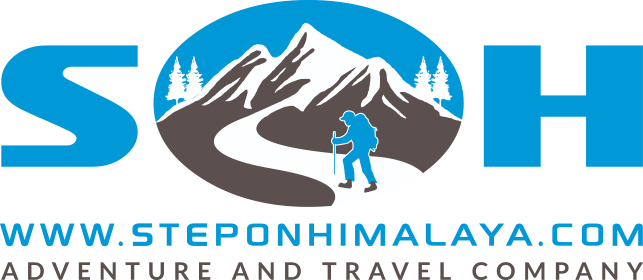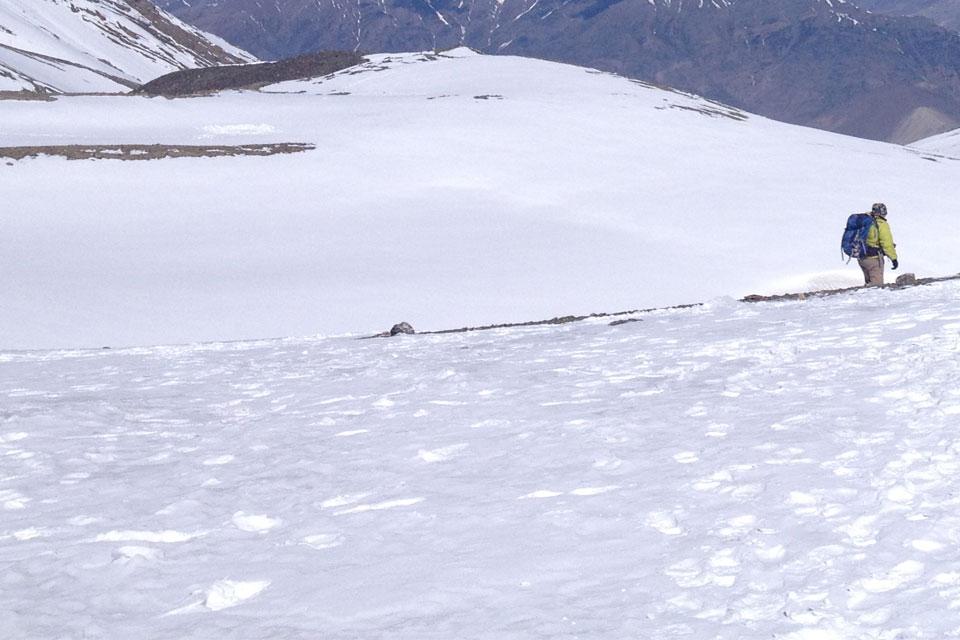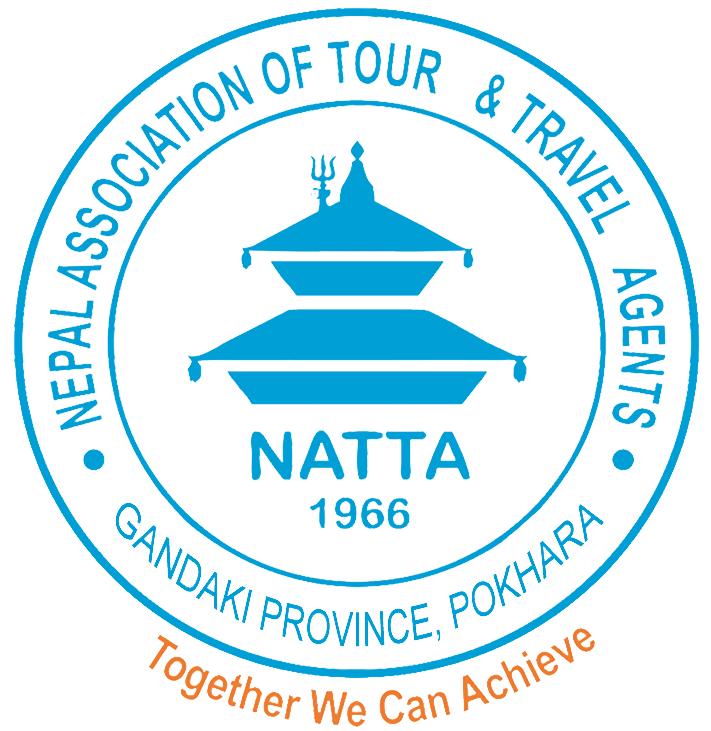Yala Peak Climbing
Trip Overview
Trip at a Glance
Yala Peak Climbing
A short and perfect climbing expedition for those who are short of time but are fond of climbing can be endorsed to YALA PEAK CLIMBING. It offers amazing views of the Yala Peak and other adjoining snowy peaks. The thrill to climb Yala Peak is amazingly adventurous and lots of fun. As Yala Peak Climbing is categorized as non-technical climbing, you do not need any previous climbing experience but an outdoor experience of a walk for about 5 -6 hours daily, and good physical stamina is required. Basic training for the appropriate use of the climbing tools will be more advantageous if you could get one. Believe in Step on Himalaya to let us offer you quality services. The team of Step on Himalaya will look after your every comfort to make it a hassle-free trip.
Falling in love with the mountains, being indulged in the natural wonders, and spending awesome moments in the alpine vegetation are the treats of Yala Peak climbing. This Yala Peak Climbing fascinates the trekkers not only with the exotic natural beauty but also the unique cultures, traditions, and simple lifestyle of the local people. Yala Peak lies close to the Nepal-Tibet border and the northeast of the Kyanjin Gompa of Langtang Valley. The trip to Yala Peak will start from Syabru Bensi passing through many beautiful settlements, lush vegetation, meadows, the famous Cheese factory, gorgeous waterfalls, astonishing glaciers, and dusty roads. There are many Gompas, colorful mani walls, and beautiful chortens surrounded by multi-colored prayer flags. En route, you will be enchanted with the striking views of Dorje Lakpa, Gang Chempo (6388 m), Langtang Lirung (7246 m), and Shishapangma (8046 m). The Kyanjin Ri (4600m) and the Tserko Ri (4984m) are the perfect places for acclimatization prior to the Summit day.
About 2 weeks an adventurous walk to Yala Peak is always a memorable one. Trekking through Langtang National Park makes it more distinguished. This Langtang National Park is the home to varieties of wildlife like Himalayan Black Bears, Musk Deer, Himalayan Thar, Ghorals, Snow leopards, Red Pandas, Langurs, etc. and the trees like Oak, Maple, Birch, Blue pine, Rhododendron, etc. The climbers to Yala Peak rarely encounter wildlife as they will be passing by the Langtang National Park. As you go up higher, you will feel the chilling weather of Yala Peak. One must be aware of the Altitude Mountain Sickness. So, if there are any symptoms related to AMS, please kindly inform your trekking leader so that you can be rescued on time by contacting the Step on Himalaya team. Your achievement of Yala Peak Climbing is our success but your health is a priority for us.
Detail Itinerary
Is the proposed itinerary suitable for you?
If you are looking for a custom itinerary, please feel free to reach out to our team of professionals at any time.Cost Details
What is included?
- Airport to Hotel to Airport Transfer in a private comfortable vehicle
- Required Ground transportation
- Hotel accommodations (Twin sharing basis) in Kathmandu including Breakfast
- Accommodation (Twin sharing basis) during the entire trekking
- Meals (Breakfast, Lunch and Dinner) on board during the trekking period with hot beverages (tea/coffee)
- Experienced and Government License holder Guide, porter and additional staff like assistant guide, cook, extra porter (if required)
- Salary, Food, Accommodation, Insurance and expenses of Climbing Staffs
- All necessary documentation
- All the government and local taxes
- Permits and entrance fees
- Medical Kit
What is not included?
- Visa Fee for Nepal
- International air tickets
- Meals in Kathmandu
- Personal trekking Gears and Equipment
- Travel and Medical Insurance
- Rescue or Emergency Evacuation Expenses
- Personal Expenses like beverages, laundry, internet, Phone bills, etc.
- Extended trips or sightseeing
- Tips and gratuities for Staffs
Trip Info
Equipment list or Info
The following list of equipment is basically used during the trekking. So, it is always advisable to make sure these equipment are already with you before you initiate the trekking in Nepal. These equipment are to be portable and comfortable easily so that those will not create a mess during any expected or unexpected weather conditions. If you want, you can either rent or buy those in Kathmandu at the cheaper cost. As there are several shops that sell the gears and equipment related to trekking, mountaineering or climbing. The staff from Step On Himalaya will assist you around the shopping and with other required arrangements. The porter will carry the luggage of 15kg/33lbs per trekker. You will carry your bag pack yourself.
CLIMBING
- Ice ax
- Crampons
- Screw gate
- Harness
- Prussic loops
- Descended abseil device
- Plastic mountaineering boot
HEAD
- Head Torch
- Sunglasses
- Light balaclava or warm fleece hat
- Sun hat or scarf
UPPER BODY
- Cotton t-shirts or thermals
- Down jacket
- Waterproof jacket
- Fleece jacket
LOWER BODY
- Lightweight cotton pants (long)
- Waterproof pants
FEET
- Thin inner socks
- Thick, warm wool hiking socks
- Hiking boots (it is always better to walk using them before trekking)
HANDS
- Gloves or Mittens
ACCESSORIES
- Sleeping bag comfortable and warm enough at a temp of Zero degree Celsius or lower than that.
- Trekking bag/duffel bag
- Large plastic bags (to wrap the things and keep dry inside the bag)
- Trekking Poles (optional but recommended)
- Water bottle
- Toiletries like napkins, wet tissues, toilet papers, hand sanitizers, etc.
FAQ
Yes, definitely. Elevation change is an important part of the trek. As there is a lot of walking up and down the hill, there is an elevation change every day. However, the range of change differs from day to day. It is mostly an uphill trek up to the destination and downhill on the way back. However, the trail winds up and down the mountains throughout the trek regardless of the elevation difference for the day.
Many people confuse trekking with climbing while these are completely different activities. Trekking is a walking activity in the mountains below snowline while climbing goes way above snowline to the top of a mountain. Trekking is much easier than climbing because you need to learn technical skills to climb a mountains.
As a high altitude trekking adventure, the trek always has a risk of getting altitude sickness. While it is not predictable who, where, and how they will get it, we all need to be well-aware and prepared for the unwanted. As we gain altitude during the trek, we should be more careful on our pace of walk, food, water, rest, and recovery. Being careful and taking it easy in the mountains can reduce the chance of getting altitude sickness.
Yes, permits are necessary for the trek. Since, you are going on our package, we take care of everything. You do not need to worry about arranging the permit for yourself.
Yes, you will need some cash in the mountain. Although your major meals are included in our package, you may need money for drinks, shower, souvenir shopping, wifi, device charging, and tips to guide and porters at the end of the trip.
We will brief you on how much to take on the first day of the trip when we meet in Kathmandu.
In that unfortunate case, we will make sure that you are well taken care of. If you cannot continue your journey further towards the destination and want to rest or return back, we will arrange a porter to be with you and take care of you while rest of the group members continue the trek.












